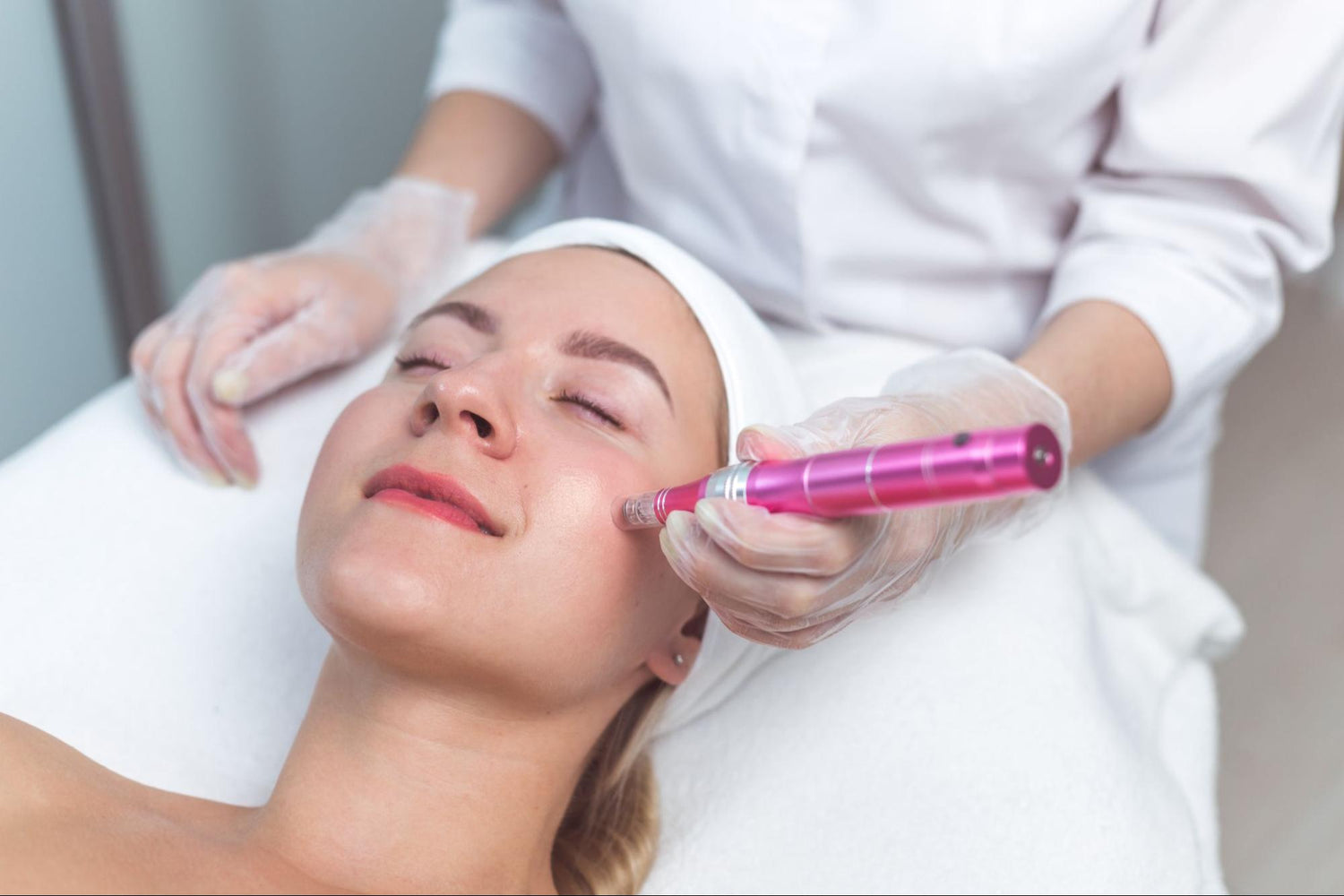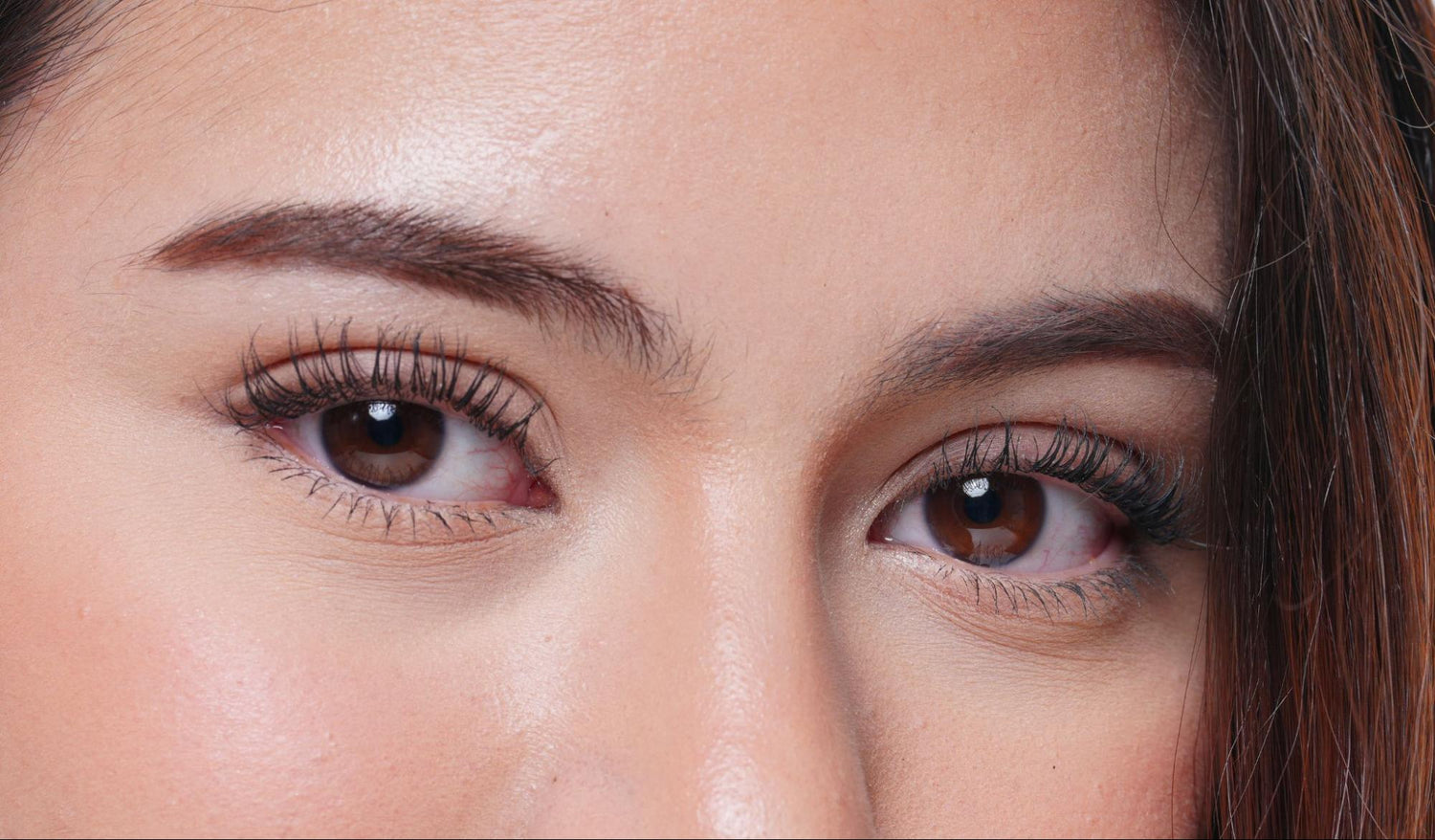In the quest for luminous, age-defying skin, many journey through a maze of skincare options, often ending in minimal impact. Enter the game-changer: chemical peels, a lighthouse guiding to shores of revitalized, glowing skin.
Understanding the Peel Appeal
Chemical peels are more than just treatments; they're skin renewals, using chemical solutions to slough off dead cells and reveal the fresh, vibrant skin underneath. This process isn’t just surface-level—it accelerates cellular turnover, leading to healthier, more radiant skin.
Peel Power: The Research Unveiled
Studies spotlight chemical peels as frontrunners in skincare, with evidence pointing to their efficacy in improving skin texture, reducing signs of aging, and combating acne. For instance, a study in the Journal of Clinical and Aesthetic Dermatology found that medium-depth peels significantly improve fine lines and pigmentation within just a few treatments.
Types of Peels: A Spectrum of Solutions
Chemical peels are categorized by their depth of skin penetration, each tailored to different skincare goals.
Light peels, or superficial peels, use mild acids like glycolic or salicylic acid to exfoliate the outermost layer of skin gently. These are perfect for addressing minor issues like slight discoloration, acne, and fine lines, offering a quick recovery time.
Medium peels go deeper, targeting the epidermis and upper dermis with trichloroacetic acid or similar agents. They're more effective for reducing deeper wrinkles, sun damage, and uneven skin tone, with a slightly longer healing period. Deep peels, the most intensive type, penetrate further into the dermis to produce the most dramatic results. They utilize strong acids like phenol to remodel the skin extensively, correcting severe wrinkles, scars, and pigmentation issues. Deep peels have the longest recovery time but offer the most lasting and transformative results, making them a powerful choice for significant skin rejuvenation.
Three Considerations Before Peeling Away
- Skin Type and Concerns: Your skin’s needs should dictate the peel type. Sensitive skin might favor lighter peels, while more resilient skin can handle deeper interventions.
- Treatment Goals: Clarify whether you’re after subtle enhancement or transformational change. This will guide the intensity of the peel chosen.
- Professional Insight: A consultation with a seasoned esthetician ensures a peel that’s safe, suitable, and synergistic with your skin’s story.
The Spa De Da Signature Experience
At Spa De Da, the chemical peel journey is steeped in personalization. Our expert esthetician crafts each treatment to your skin’s narrative, using premium ingredients for a transformative experience that’s as unique as yours. And we’ll give you the insights you need on what to do pre and post-peel as well!
Chemical peels are more than a skincare step; they’re a commitment to radiant, youthful skin. With Spa De Da’s tailored approach, embark on a skincare journey that promises not just treated, but truly transformed skin.
Source: Rendon MI, Berson DS, Cohen JL, Roberts WE, Starker I, Wang B. Evidence and considerations in the application of chemical peels in skin disorders and aesthetic resurfacing. J Clin Aesthet Dermatol. 2010 Jul;3(7):32-43. PMID: 20725555; PMCID: PMC2921757.






